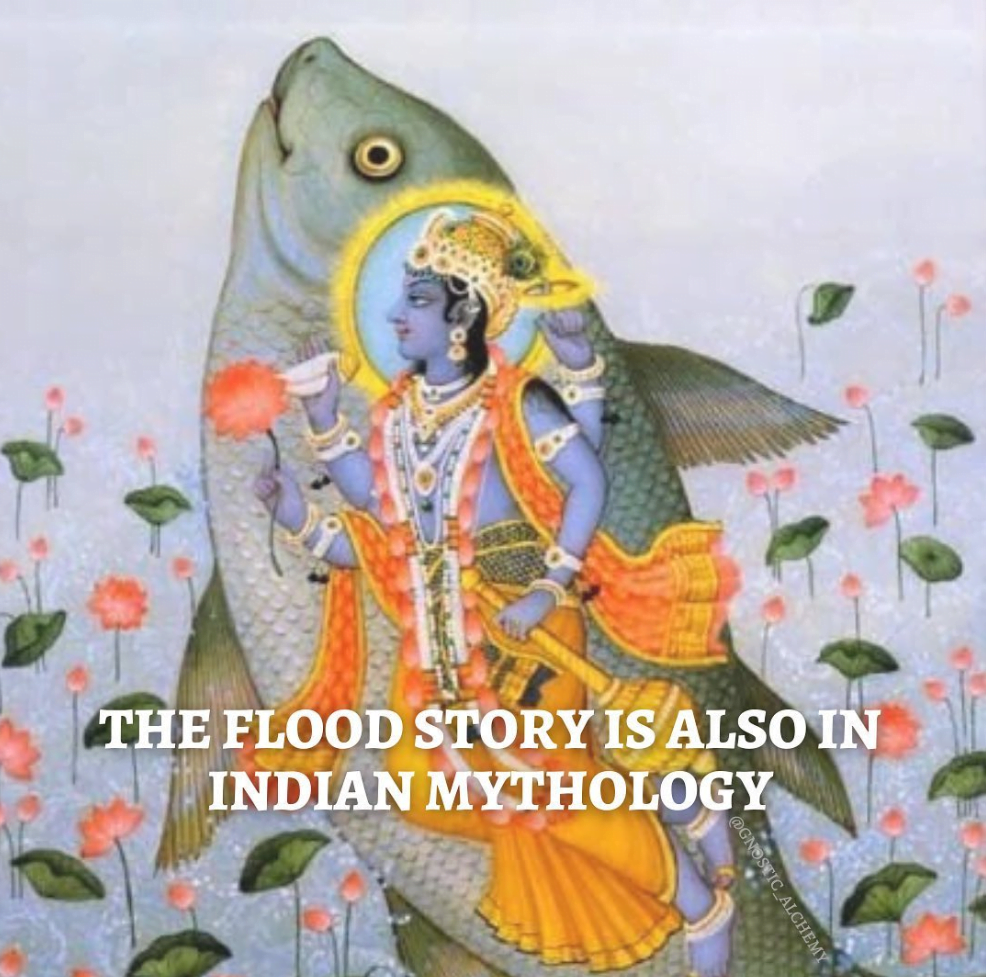The deity Matsya derives this name from the word matsya (Sanskrit: मत्स्य), meaning “fish”, and it is the first of Vishnu’s many incarnations.
Matsya appears in similar circumstances across Indian mythological texts. In the Bhagavata Purana the story says it is the end of the kalpa, and a demon Hayagriva steals the Vedas, which escape from the yawn of a sleepy Brahma.
Vishnu discovers the theft. He descends to earth in the form of a little saphari fish, or the Matsya avatar. One day, the king of Dravida country (South India) named Satyavrata cups water in his hand for libation in the Kritamala river (identified with Vaigai River in Tamil Nadu, South India).
There he finds a little fish. The fish asks him to save him from predators and let it grow. Satyavrata is filled with compassion for the little fish. He puts the fish in a pot, from there to a well, then a tank, and when it outgrows the tank, he transfers the fish finally to the sea. The fish rapidly outgrows the sea.
Satyavrata asks the supernatural fish to reveal its true identity, but soon realizes it to be Vishnu. Matsya-Vishnu informs the king of the impending flood coming in seven days. The king is asked to collect every species of animal, plant and seeds as well as the seven sages in a boat. The fish asks the king to tie the boat to its horn with the help of the Vasuki serpent.
The deluge comes. While carrying them to safety, the fish avatar teaches the highest knowledge to the sages and Satyavrata to prepare them for the next cycle of existence. After the deluge, Matsya slays the demon and rescues the Vedas, restoring them to Brahma, who has woken from his sleep to restart creation afresh. Satyavrata becomes Vaivasvata Manu and is installed as the Manu of the current kalpa.

